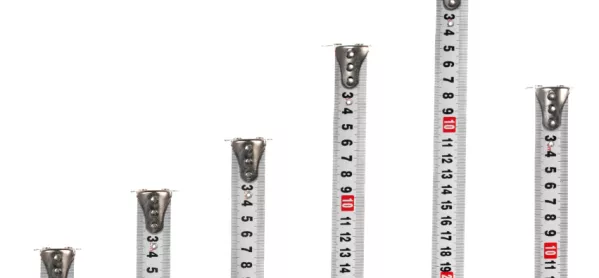What is Pisa?
Pisa is the programme for international student assessment, which was started by the organisation for economic co-operation and development (OECD) in the nineties. Its aim is to provide data on international education systems and their outcomes.
How does it work?
Since 2000, there has been an international testing cycle every three years, which sees fifteen-year-olds in up to 70 countries taking a standardised test. The test claims to look beyond the curricula of the countries involved, focusing on the mastery of literacy, numeracy and science, as well as the application of knowledge.
More testing? Don’t we do enough of that already?
The focus on testing has led to criticism of the Pisa process and opposition from some academics. Many suggest that Pisa is adding to pressures to increase the amount of standardised testing in schools, rather than focusing on raising classroom standards.
What is the data actually used for?
The data provides a global ranking, but more importantly, is seen as a way of highlighting successful practices throughout the countries who take part. This has seen the spotlight shone on the likes of Canada and Finland, whose systems have been celebrated as exemplars, and which other countries have then drawn upon to develop their own.
Surely development is a positive thing?
Not according to some of the Pisa’s critics. They suggest that reactions to the results are often knee-jerk and not taken in context, meaning we focus on short-term fixes, rather than long-term problems. Pisa also focuses on a very small section of the curriculum. There are no measures of student achievement in the arts, or any focus on the holistic development of children.
Is this why Shanghai maths has become so popular?
Again, Shanghai is a sticky subject when it comes to the reputation of Pisa. Currently, Shanghai tops the Pisa table and this has seen a meteoric rise in the use of the Shanghai mathematics methods globally. However, critics suggest that the Chinese system ─ which relies heavily on summative assessment and is often bolstered by significant amounts of robust private tuition ─ is not necessarily a model to be lusted after, and simply wouldn’t work in other countries.
What can Pisa offer us, then?
While it has its flaws, Pisa does give us an insight into education practices and systems around the world. The data is vast and is certainly worth investigating. However, the OECD is under increasing pressure to review the process, a debate which will only heighten as the next cycle approaches.
Sarah Wright is a senior lecturer at Edge Hill University. She tweets as @Sarah__wright1
You can read more about PISA in the 25 November issue of TES.
Want to keep up with the latest education news and opinion? Follow TES on Twitter and like TES on Facebook




